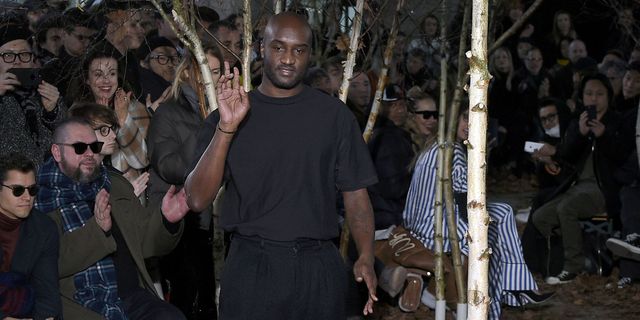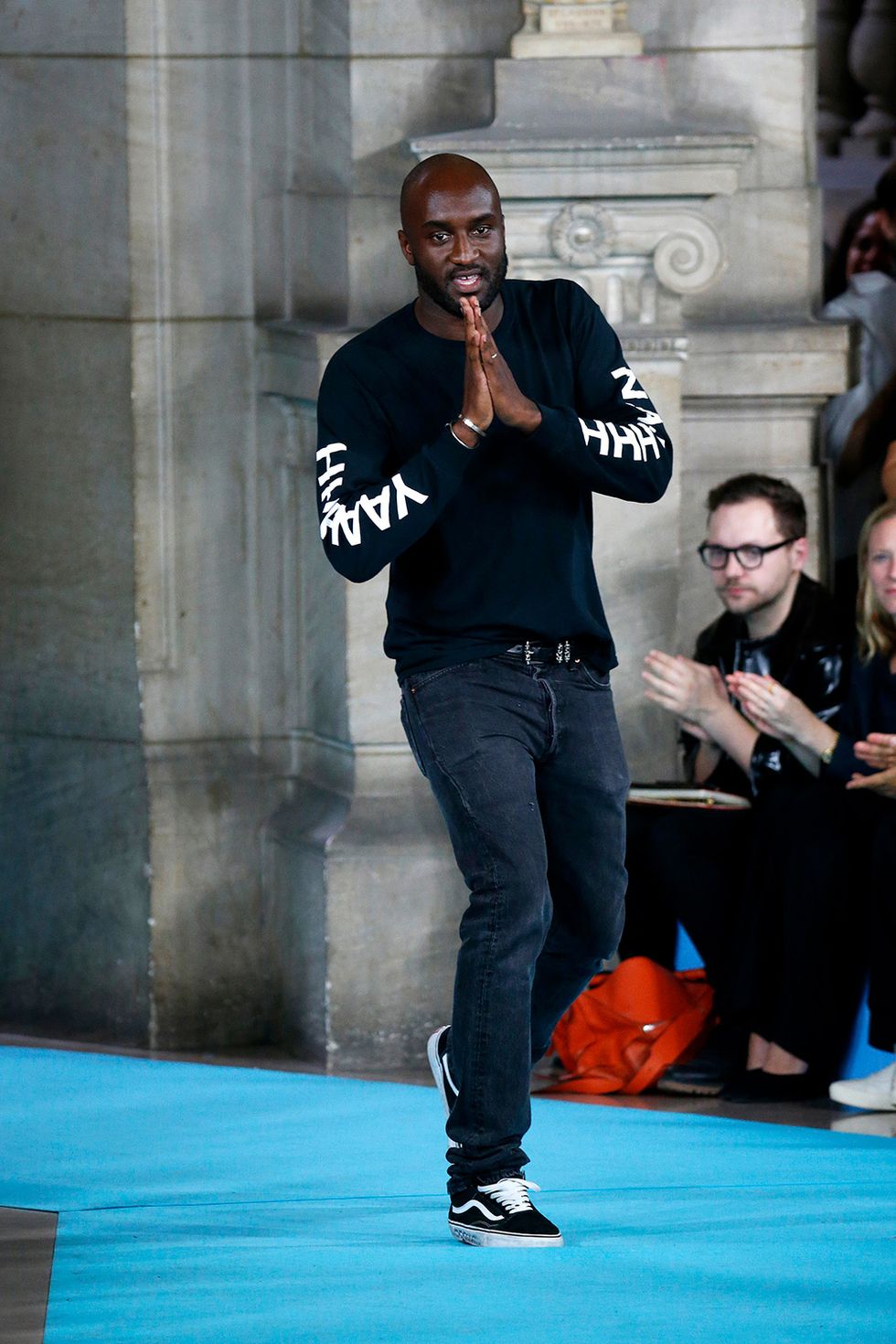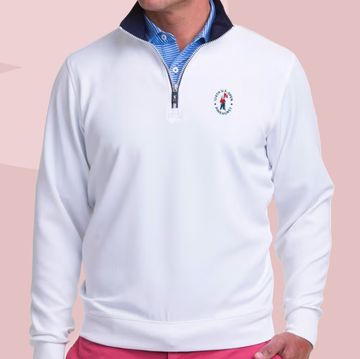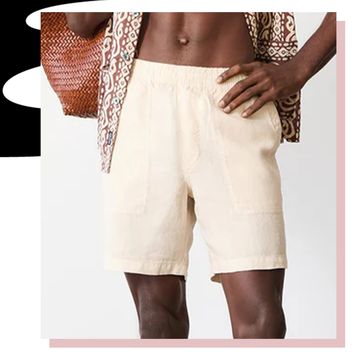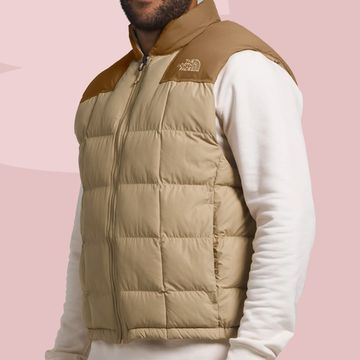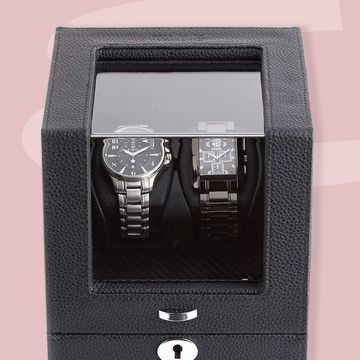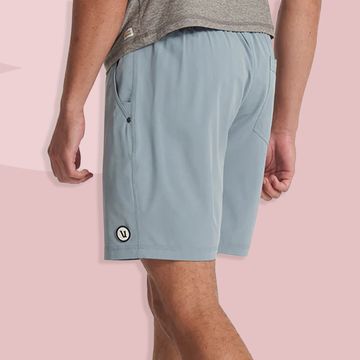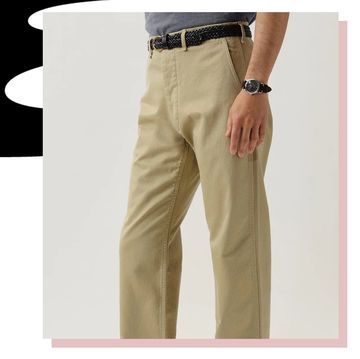Virgil Abloh doesn't have it easy in the fashion industry. Though he has a background in design (architecture, specifically), his beginnings as a creative director to Kanye West and the founder of streetwear brand Pyrex Vision paint him squarely outside the traditional establishment box. And yet as some question his validity as a designer—or at least his maturity as one—the Chicago native presses on, tracing his own creative lineage back to greats like Marcel Duchamp and Martin Margiela.
"You don't have to be a designer to be a designer," the Off-White founder told the guests at his Columbia University talk Monday night. The line seemed eerily prescient, considering the rumors that Abloh might be up for Riccardo Tisci's now-vacated gig at Givenchy. "The culture is more important than the perfectionism of the idea." And according Abloh, he has that culture in spades.
A little about the designer's trajectory: According to him, Pyrex Vision was never meant to be a clothing line. It was originally only meant to be a 10-minute film featuring the work of Jim Joe and some shirts Abloh had made featuring the word "Pyrex"—the preferred material, apparently, for crack-cooking vessels—and the number 23, a reference to Michael Jordan. Growing up in inner-city Chicago, Abloh had often heard the adage that the only drug dealers and talented athletes made it out; the design was a riff on that. But such was the success that it eventually morphed into a short-lived brand.
Off-White is a different proposition. It's Abloh's way of reimagining streetwear in a way that can engage with contemporary fashion. "I have to prove that this is design. I have to prove that this is art. I have to prove that this is valid," he said. That's why he creates his products in the same factories as luxury firms like Louis Vuitton. That's why he shows his collection in Paris.
"I just felt that some kid that truly understands streetwear in New York should be exhibiting on that stage," he said of the twice-yearly sojourn. "That was rule number one after Pyrex. You could discount [Pyrex] by calling it streetwear, because that's what it was. Off-White was a challenge to create something that could be on a Parisian runway and that changes everything. It changes the fabric, it changes the font. I wanted to show that there's a new presiding voice that's growing."
"I knew that one day I would get the critique that Off-White is uninspirational," he continued. That's why he created an in-depth documentary about the behind-the-scenes process of his designs: He wants to bring validity to his work and the expertise that goes into it. But the problem weighing on the designer's conscious is a pretty big one.
"I'm responsible to the youth, but I'm also trying to educate that upper layer of fashion that is looking at your Instagram and taking your ideas," Abloh explained of his paradox. The result can be confusing and disorienting. It's why he's been criticized for making pieces that are ostensibly for the youth, but too expensive for most of the target audience.
Of course, Abloh isn't only concerned with own work. Through the almost two-hour talk, he gave nods to other up-and-coming menswear designers. After admitting that Heron Preston taught him the importance of storytelling, calling him the Azzedine Alaia of streetwear, he lavished the praise on Grace Wales Bonner.
"The next Zaha Hadid might be this girl designer Grace Wales Bonner from London," he said. "Her [work] is as important as Drake's next album." It's quite the high compliment.
